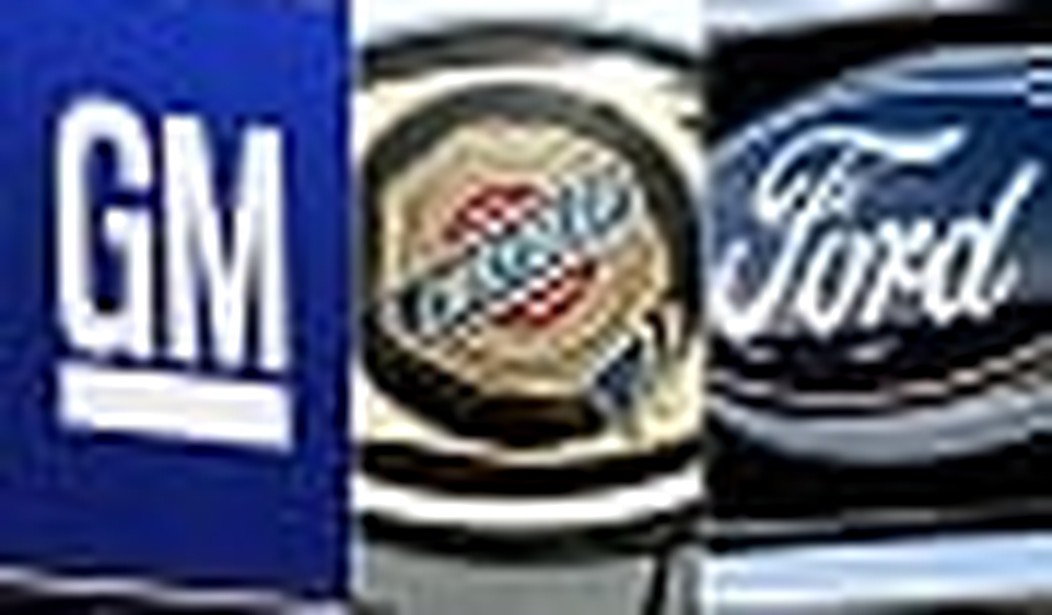After striking a deal to acquire a major stake in Chrysler, Italy’s Fiat now wants to gobble up GM’s European operation under terms that include government subsidies. And in Chrysler’s case, a quick bankruptcy would relieve Fiat of a few troubling obligations. If Fiat is successful in both these bold ventures, its auto production could increase from 2.2-million vehicles to 5.5-million per year, making it an automaker of impressive scale. But would this dramatic growth be a win for Fiat? There’s plenty of evidence to the contrary if you simply glance back at the last few decades in automotive history.
One of the first roadblocks to successful growth is acquiring rival automakers without regard to cultural differences. The landscape of automotive acquisitions is littered with synergies of marvelous efficiency that made great PowerPoint presentations but didn’t work in the real world. Remember the “merger of equals” starring Daimler and Chrysler? From a product portfolio and logistic standpoint, it should have worked. Its architect, Jürgen Schrempp, also added a stake in Mitsubishi’s automotive operations to become a “truly global” automaker. But from the beginning, when meetings with Chrysler executives were interspersed with German instead of English, the eventual sour outcome could have been predicted.
The architects of Chrysler’s innovative cars and trucks soon departed, replaced by Mercedes managers. Those moves served to weaken the product lineup on both sides of the Atlantic, with Mercedes models suffering quality issues while Chrysler launched just one compelling new car — the current 300 sedan.
If it had a sense of recent history, Daimler might have learned from BMW’s acquisition of Britain’s Rover Group in 1994. That culture clash reminded some of WWII and after six years, BMW unloaded Land Rover to Ford, Rover sedans and MG to an investment group (and eventually the Chinese), and kept MINI.
Just prior to BMW’s acquisition of Rover, Honda was the sure bet to buy the troubled British company since the Japanese automaker had a manufacturing relationship with Rover. I recall at the time that financial wizards scoring BMW a winner and Honda a loser in the contest to snap up this distressed prize because smart money opined that an automaker had to be big to succeed. We now know the folly of that line of thinking.
Even when cultural clashes or company rivalries are absent from the picture, robust size can cripple an automaker. Once you’ve achieved the economies of large-scale production and established a sprawling sales channel, it’s difficult to make quick moves to adapt to changing market forces. Auto executives quickly learn how difficult it is to shrink a business, even just a bit, as opposed to growing one.
General Motors is a class study in just how difficult that process is, spending the past decade trying to adjust to smaller volumes while maintaining high fixed costs. One of the dilemmas it has faced is trying to keep its stable of brands focused while keeping plants running, because shuttering plants had little impact on labor costs. So if you’re the person running Pontiac, you might be perfectly happy to offer specific sporty products like the G8, Solstice, and Vibe. But to keep GM plants running, you also have to offer G3, G5, G6, and Torrent models that are repackaged Chevys. Saturn has been similarly burdened with this concept.
Toyota is often cited as the sharpest blade in the automotive management drawer, and the venerable Japanese company has an enviable track record of success. In fact, it has become the world’s largest automaker. But Toyota has discovered that size doesn’t equal prosperity and is reeling under the sudden market downturn. And while there are always ups and downs, when you are a giant, the pain is more intense. Today, Toyota has to decide how to rationalize two huge new production facilities in North America; one that’s underutilized and another that hasn’t yet produced its first vehicle. Sound familiar?
Until it lost money for the first time this year, Toyota was recognized as the world’s most profitable automaker. But according to some reports, Porsche earned a profit of $28,000 per vehicle in 2007. Now that it has merged with Volkswagen, a company that has far higher volume but nets just $400 per car in profit, the dynamics will change. Will Porsche remain quick and flexible? Will the quality change? Time will tell.









Join the conversation as a VIP Member